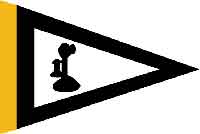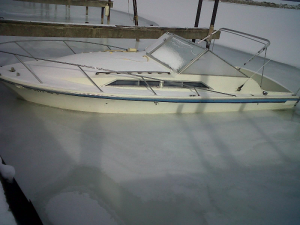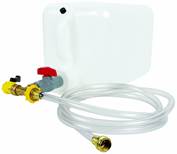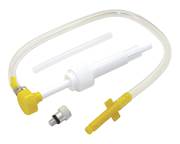 Welcome to the Brant Power & Sail Squadron!
Welcome to the Brant Power & Sail Squadron!

Safe Boating Experts
Brant Power & Sail Squadron serves Brantford, Brant County and surrounding area. Our volunteers join together to promote safe boating through education. We are an organized group of boating enthusiasts with members of all ages, abilities and expertise.
Our experienced instructors offer Canadian Coast Guard Accredited boating courses from September to May. The common goal is safety and to enjoy the company of others while being on the water, or in the classroom.
If you are considering membership or taking part in one of the courses, please simply click on any of the appropriate links to your left. We offer both the VHF Radio Operators Card and the Pleasure Craft Operators Card courses and exams.
Remember, we are here to help, any questions are welcome, they will be answered promptly. No one is ever excluded because they do not have a boat or ever plan on owning one. We enjoy social gatherings and other events to entertain the whole family year round.

Winter is Coming are you Ready
Here are some winterizing tips that will help you.
Fuel Treatment
Treat your boat's fuel with a stabilizer. Fuel Stabilizer PRI-G and Stabil are ideal products for this job. After adding it to the fuel, run the engine for 10 minutes or so to be sure stabilized fuel circulates throughout the engine. Best time to do this is before you are moving to the hard.
If you don't stabilize the fuel, carburetors and fuel injectors can be clogged with varnish deposits that ruin fuel systems. Cost if you do: $5 to $10.
Drain the Engine (for inboards and stern-drives)
Locate and open the petcocks (some engines have bronze plugs similar to bilge plugs) underneath the manifolds and on the sides of the engine block. Remove the water-pump hose from the bottom of the water pump to let it drain completely. If you don't drain the engine, water in the cooling chambers can freeze, expand and crack the engine block and manifolds. Tip: Newer MerCruiser stern-drives have handy drainage systems with one drain plug near the front of the engine. Outboards self-drain and never require this step
Fog the Engine Cylinders
Aerosol fogging solutions coat the inside of the engine to protect it until spring. Each engine manufacturer makes proprietary products they promote as ideal for their engines. Hook "ear muffs” and a garden hose to the engine, start it, and then spray the fogging-solution lubricant directly into the air intake until it's gone. If you don't fog the engine cylinders, corrosion can form inside the engine, covering the cylinders, pistons and rings with a patina of abrasive crud.
To add antifreeze at that point you can get this Camco 65501 Do It Yourself Boat Winterize amazon.ca for $57

Allows flushing and preparation of boat engine for winter storage with just five-Gallon of antifreeze (sold separately) and your flusher.
Marine Dual Flow Flusher available at amazon.ca $18

Change the Oil
Change engine oil to eliminate moisture and prevent corrosion. If you don't, moisture can cause excessive wear, which can lead to loss of power, poor fuel economy and possible engine failure. Tip: Some mechanics change the oil in spring breakout on the theory that the engine oil needs to be changed yearly.
However, if you change to 100 synthetic you can leave you oil change to 100 hours running time. That could be once every 10 years for you sailors
https://www.boatingmag.com/boats/do-you-need-synthetic-oil
Cost if you do: $30 to $75 do it yourself price
Drain the Gear-Case Lubricant (and recycle it)
Clear, amber-colored lubricant means your gear-case seals are in good shape. Milky and sometimes lumpy oil means the seals need to be replaced. Tip: The time to do this is in the fall when marine mechanics are less busy and sometimes willing to offer special prices for winter work. Cost if you do: $10.
On Amazon.ca $10 Shoreline Marine SL52226-X Pump Lower Unit Fill

Change you Zink’s
First, the larger the surface area of an anode, the higher its electrical current capacity and galvanic holding voltage. For most boats, you want your anode surface area to be sufficient to maintain all underwater metals between -900 mV and -1100 mV relative to a silver/silver-chloride reference electrode.
Every couple year depending on how they look.
Great place to get them one line for cheap: